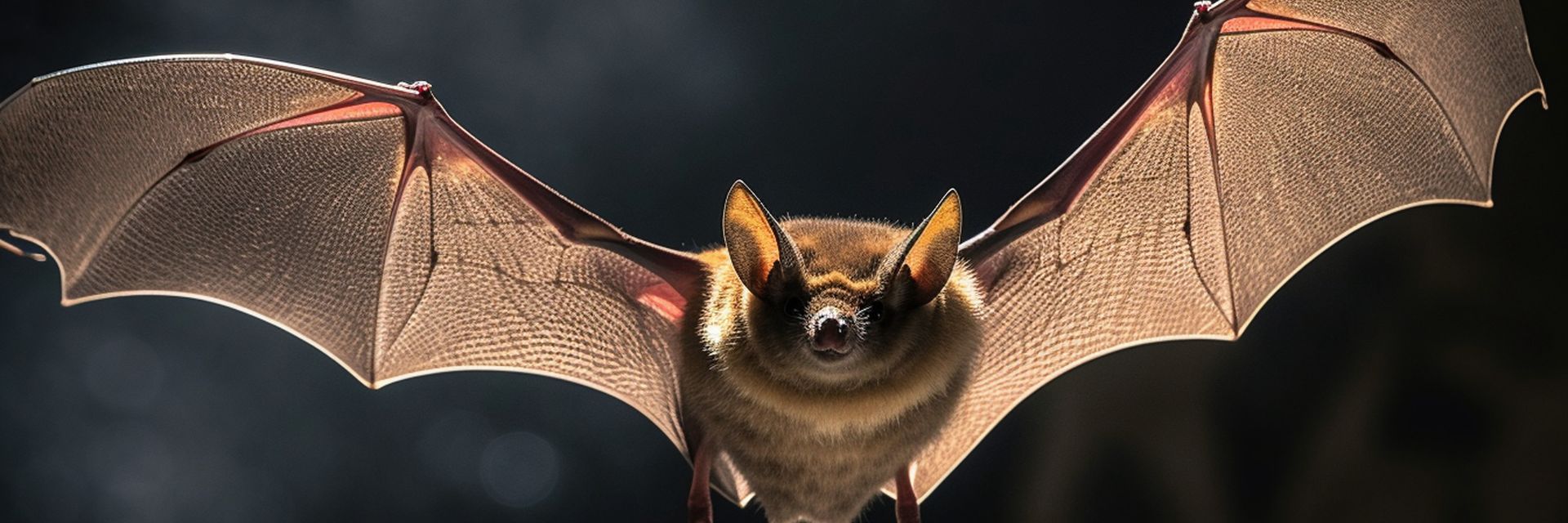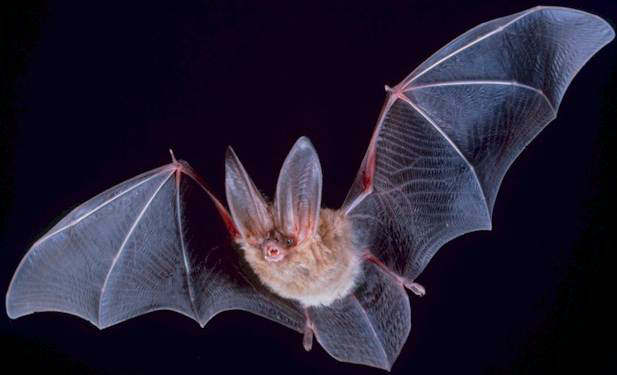Some mammals rely on echolocation to make their way in the world. How do bats make use of it?
◊
Bats are among the most fascinating and mysterious mammals, known not only for their nocturnal habits but also for their unique ability to navigate and hunt in complete darkness. This extraordinary capability is made possible by echolocation – a biological sonar system that allows bats to “see” with sound. Through echolocation, bats emit high-frequency sound waves that bounce off objects and return as echoes, providing detailed information about their surroundings.
Bats are only one of many animals that rely on extraordinary sensory powers. Check out this fascinating MagellanTV series to learn more about them!
Different Types of Echolocation
Echolocation in bats begins with the emission of ultrasonic sounds, usually through the mouth or nose. These sounds are typically beyond the range of human hearing, often ranging from 20 kHz to 200 kHz. When these sound waves hit an object – be it an insect, a wall, or a tree – the waves reflect back toward the bat. Specialized auditory systems in the bat’s ears then analyze the returning echoes. By interpreting the time delay between the sound's emission and its return, along with subtle differences in frequency and intensity, bats can determine an object’s size, shape, texture, distance, and even direction of movement.
This system is incredibly refined. For instance, some bats can detect objects as thin as a human hair or differentiate between various types of insects based on the echoes they produce. Echolocation allows them not only to find food but also to avoid obstacles and navigate complex environments such as dense forests or caves, all in total darkness.
Interestingly, not all bats echolocate the same way. There are two main suborders of bats: Microchiroptera (microbats), which use echolocation extensively, and Megachiroptera (megabats or fruit bats), which generally rely more on their vision, though a few species of megabats have evolved rudimentary echolocation abilities. Among microbats, there is a vast diversity in echolocation techniques. Some species use a constant frequency tone, while others use frequency-modulated sweeps that provide more detailed spatial information.
The evolution of echolocation is a subject of much scientific interest. It’s believed to have evolved independently in bats and other animals such as dolphins and some birds. This is an example of convergent evolution, in which different species develop similar adaptations as a result of related environmental pressures.
How Bats Influence Humans
Echolocation has also inspired advancements in technology. Scientists and engineers have studied bats to improve sonar and radar systems, robotics, and even mobility aids for visually impaired people. The bat’s ability to process vast amounts of auditory data in real-time continues to be a model for bio-inspired design.
Big-eared Townsend bat (Source: Wikimedia Commons)
Despite their reputation in folklore as ominous creatures, bats play a vital ecological role, especially as insect predators. Their echolocation skills allow them to consume thousands of mosquitoes and other prey each night, contributing significantly to pest control and crop protection.
Echolocation in bats is a remarkable adaptation that enables them to thrive in nocturnal environments. By harnessing the power of sound, bats have developed a sophisticated means of navigating and hunting that underscores the ingenuity of evolution and the remarkable capabilities of the natural world.
Ω
Title Image: Adobe Stock



